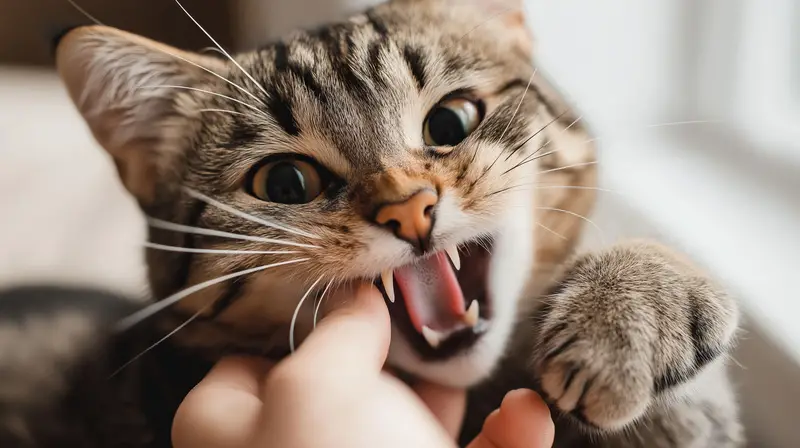Ever wondered why your normally calm cat suddenly started acting aggressively, or why your dog behaves differently at your parent’s house? Recent research reveals that pet behavior isn’t just about training or personality – it’s a complex interaction of health, environment, and human influence.
Medical issues masquerade as bad behavior

That sudden aggression or inappropriate elimination might not be behavioral at all. Research shows that hormonal imbalances, neurological disorders, and even simple pain can trigger significant behavioral changes in pets. Something as basic as dental pain or arthritis could transform your friendly companion into an irritable one.
Consider the case of aging pets – what might look like stubbornness or disobedience could actually be cognitive decline or sensory issues. Changes in bathroom habits might signal urinary tract problems rather than spite, while increased aggression could stem from thyroid dysfunction.
Your location shapes your pet’s personality
Significant differences exist between rural and urban pet behavior. Urban pets often display more socialized, child-like behaviors, while rural pets tend to maintain more traditional animal characteristics. This distinction isn’t just about training – it reflects deeper cultural and environmental influences.

Environmental factors like space, noise levels, and daily stimulation create distinct behavioral patterns. A dog might appear completely different when moved from a quiet suburban home to a bustling city apartment, regardless of the owner’s consistency in care and training.
Millennial pet parents change everything
Modern pet ownership has transformed dramatically with Millennials leading the charge. With 57 million pet owners aged 18-42, this generation treats pets as meaningful companions rather than just animals. They spend an average of $210 daily on pet care and prioritize health-conscious choices.

This shift impacts pet behavior profoundly. Modern pets receive more professional training, regular veterinary care, and mental stimulation. They’re more likely to attend daycare, socialize with other animals, and experience various environments – all factors that influence their behavioral development.
Stress signals we often miss
Pets communicate constantly through subtle body language, but modern breeding has made these signals harder to interpret. Physical characteristics from selective breeding can mask traditional communication methods, leading to misunderstandings between pets and their owners.
Common stressors include changes in routine, environmental disruptions, or even an owner’s mental state. What appears as misbehavior might actually be your pet responding to anxiety triggers you haven’t noticed. Understanding these subtle signals can transform your relationship with your pet.
Understanding your pet’s behavior requires looking beyond surface actions to consider their health, environment, and your own influence. By recognizing these complex factors, you can better address behavioral changes and create a more harmonious relationship with your companion.

